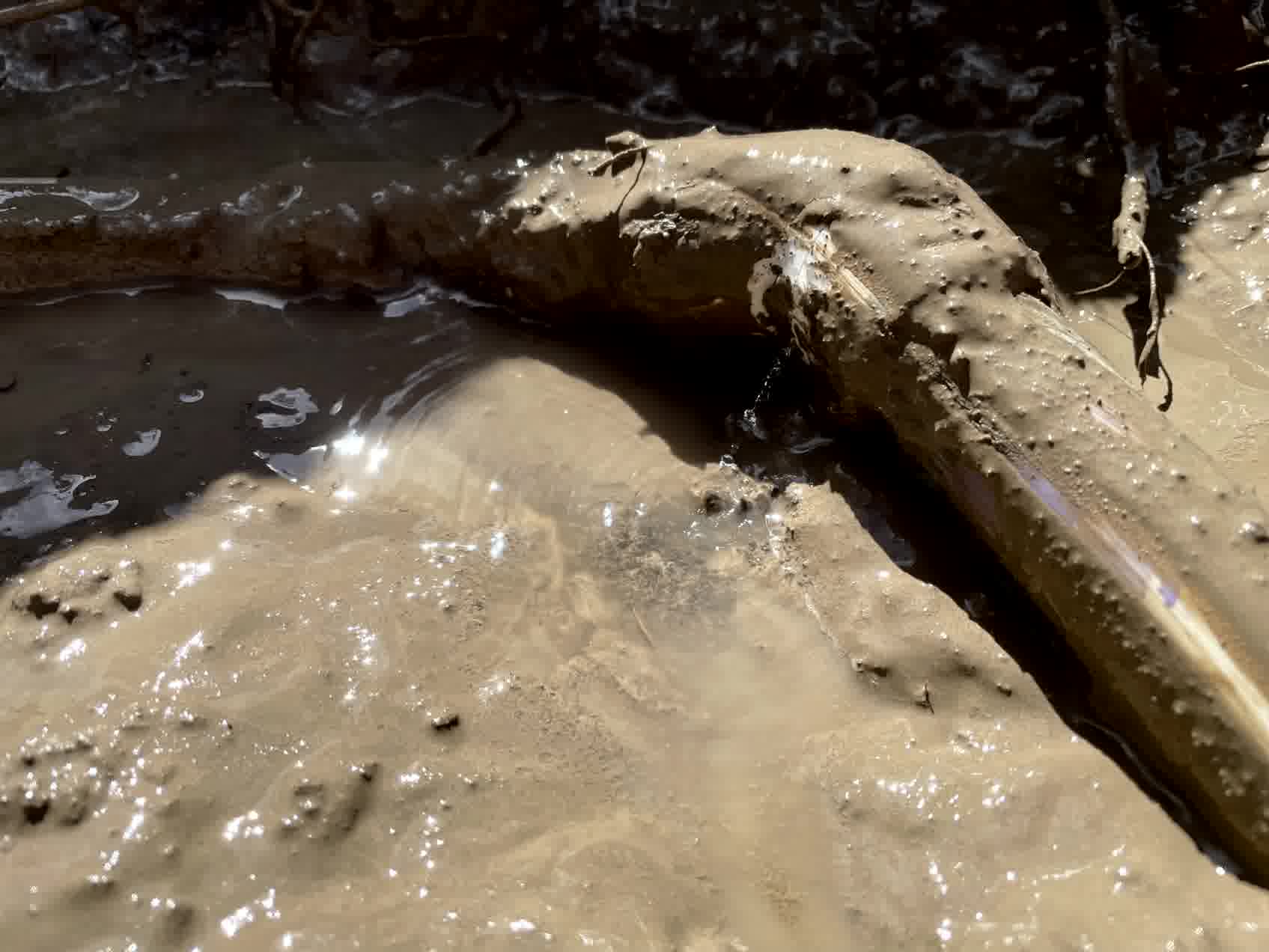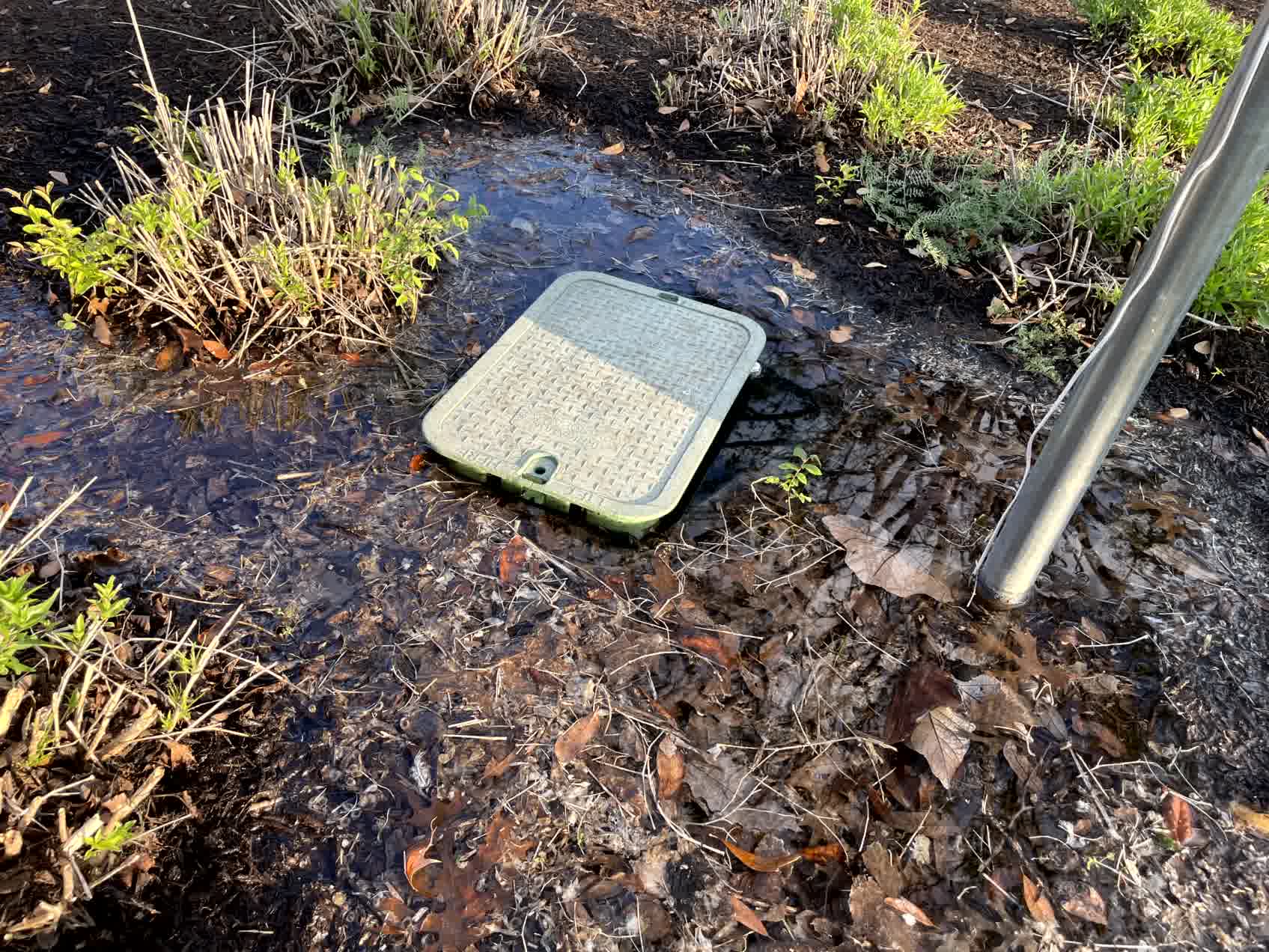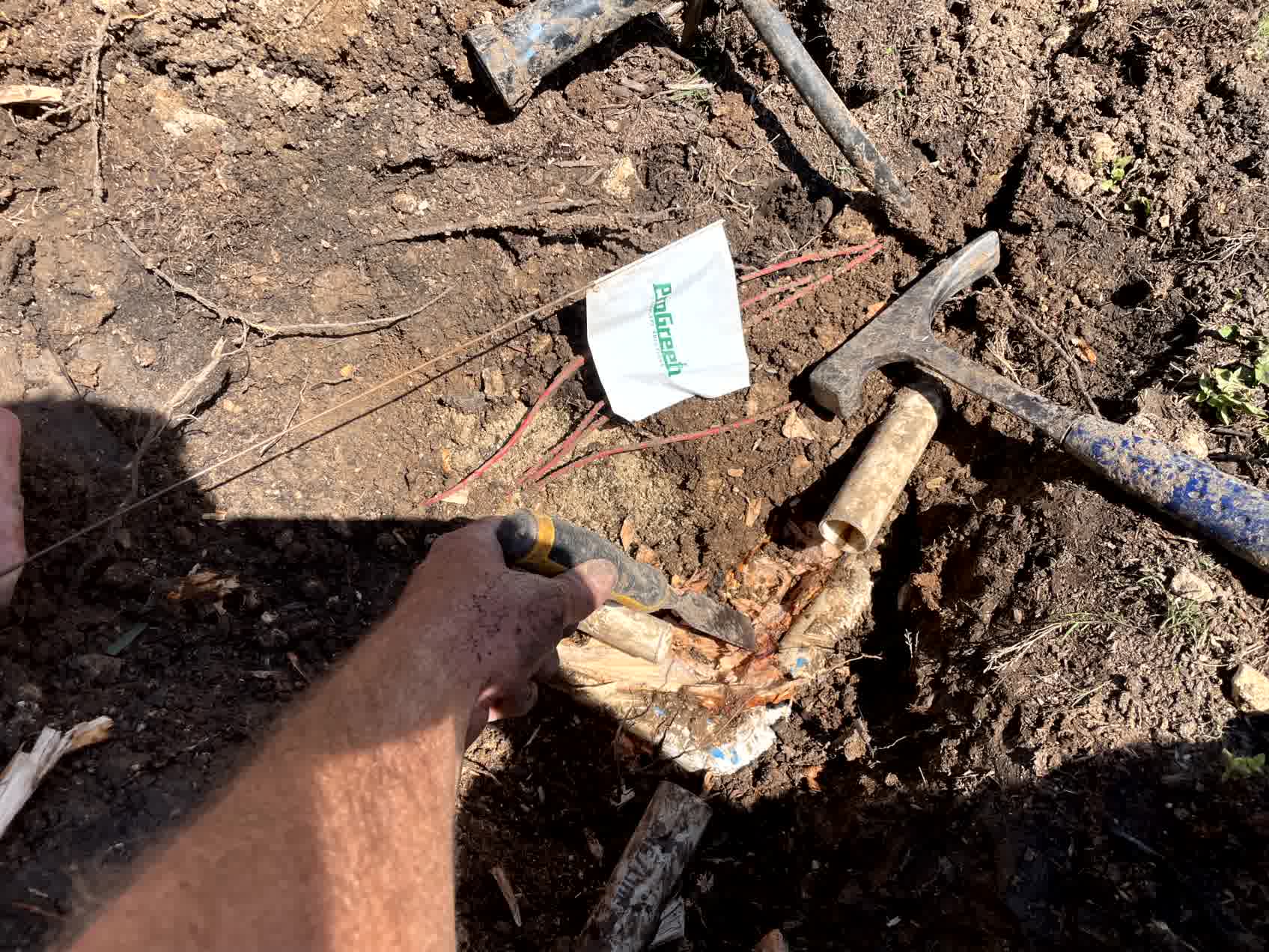Find Hidden Leaks Fast: DIY Irrigation Air Test Guide
Introduction: If your yard has soggy spots, mysteriously high water bills, or dying patches of grass, your irrigation system might be hiding a costly problem underground. Irrigation leaks are silent troublemakers—they waste water, damage landscapes, and quietly inflate your utility bill without you realizing it. But here’s the good news: you don’t always need to call in a professional to find and fix them. With an air pressure test, you can detect underground irrigation leaks quickly and affordably—all with tools available at most home improvement stores.
This guide walks you through how to perform a DIY irrigation air test. You’ll learn how the method works, when to use it, and what signs to look for to spot hidden leaks before they become major repairs.
How an Irrigation Air Test Detects Leaks
Understanding the Basics of Air Testing
An irrigation air test is a method that uses low-pressure air to find leaks in your sprinkler or drip irrigation system. The goal is to safely pressurize the pipes with air and listen or look for areas where that air escapes. When a pipe is cracked or a fitting is loose underground, pressurized air escapes through the breach—often making a faint hissing noise or causing bubbling at the surface if the soil is damp.
This test works well for homeowners because it doesn’t require digging or advanced tools. Instead, you use compressed air to detect leaks where water loss might not be visible. It’s especially helpful in identifying broken underground pipes or faulty connections that would otherwise go unnoticed until a much larger issue occurs.
When to Use an Air Test
Air testing is a great option if you suspect a leak but can’t locate any visible signs. If you’ve noticed low water pressure in a specific irrigation zone, unusually green patches, or have been told your water usage has spiked, it’s worth performing an air test. It’s also smart to conduct this type of test before turning on your irrigation system each spring. Cold weather and soil movement can easily cause cracks over the winter, and an air test can confirm everything is intact before you start watering again.

Step-by-Step Guide to Performing a DIY Irrigation Air Test
Gather Your Tools and Prep the System
To begin the process, you’ll need a few essential tools. These include an air compressor, a pressure regulator (usually set to no more than 30 PSI for safety), a backflow preventer, and a hose-to-compressor adapter. Shut off the water supply to the irrigation system completely. Then drain any standing water from the lines. This is important—forcing air into a system still filled with water can create dangerous pressure spikes and cause further damage.
Next, connect the compressor to the irrigation system, ideally at a point close to the valve box or mainline. Open only one irrigation zone at a time so you can test each section individually. This increases accuracy and makes it easier to isolate the location of any leaks.
Test Each Zone Carefully
Test Each Zone CarefullyOnce everything is connected and the air compressor is set to the proper pressure, slowly introduce air into the irrigation system. You may hear air hissing from sprinkler heads as they rise or vent excess pressure. That’s normal. But if you notice a constant hissing or bubbling sound coming from the soil—especially in a place where no sprinkler is located—it may indicate a hidden leak. You can also walk the area and feel for escaping air through the turf or look for disturbed soil.
If the zone holds air with no signs of escaping pressure and all sprinkler heads behave as expected, you can close that zone and move to the next one. Any zones that lose pressure quickly or show bubbling should be marked for further inspection or repair.

What to Do After You Find a Leak
Pinpointing and Repairing
Once you’ve narrowed down the location of a leak, you can begin exposing the area. Use a small shovel or garden trowel to carefully remove soil without damaging the pipe further. Most leaks occur at joints or bends in the pipe, especially where fittings connect. If a crack is discovered, the damaged section of pipe can be cut out and replaced with a new length and two couplers. Always make sure repairs are watertight and secure before backfilling.
If you’re not confident in your repair work, it’s okay to call a professional at this stage. You’ve already saved money by diagnosing the problem yourself, and now you can avoid unnecessary digging or guesswork by pointing out the exact location.
Prevent Future Leaks
Many irrigation leaks result from pressure surges, poor installation, or shifting soil. After your repairs are complete, consider adding a pressure regulator or adjusting your watering schedule to reduce strain on the system. Additionally, avoid setting heavy objects on top of buried irrigation lines, and make a habit of walking your property each season to check for signs of moisture, mold, or erosion.

Conclusion
Catching irrigation leaks early is one of the smartest moves a homeowner can make to protect their landscape and budget. With a DIY air pressure test, you don’t need to dig blindly or wait for obvious signs of damage. This simple method allows you to test each zone of your irrigation system, find issues faster, and either repair them yourself or provide accurate information to a contractor. A few tools, a little time, and some focused observation can go a long way toward saving thousands in water waste and repair costs. Whether you’re preparing for spring or responding to unusual yard conditions, this guide empowers you to take control of your irrigation health—one zone at a time. Make sure to get in touch with us to learn more about our leak detection and irrigation services as well as our Irrigation, Sprinkler Repair & Irrigation System Repair.

"*" indicates required fields

RACHEL, H

C.W.

GEORGE, T.

MARK, A.
SERVICE AREAS
Dallas
Fort Worth
Frisco
Irving
Arlington
Plano
Allen
University Park
Grand Prairie
Richardson
Preston Hollow
Highland Park
Lakewood
Farmers Branch
Balch Springs
Duncanville
Coppell
Grapevine
Vickery Meadow

